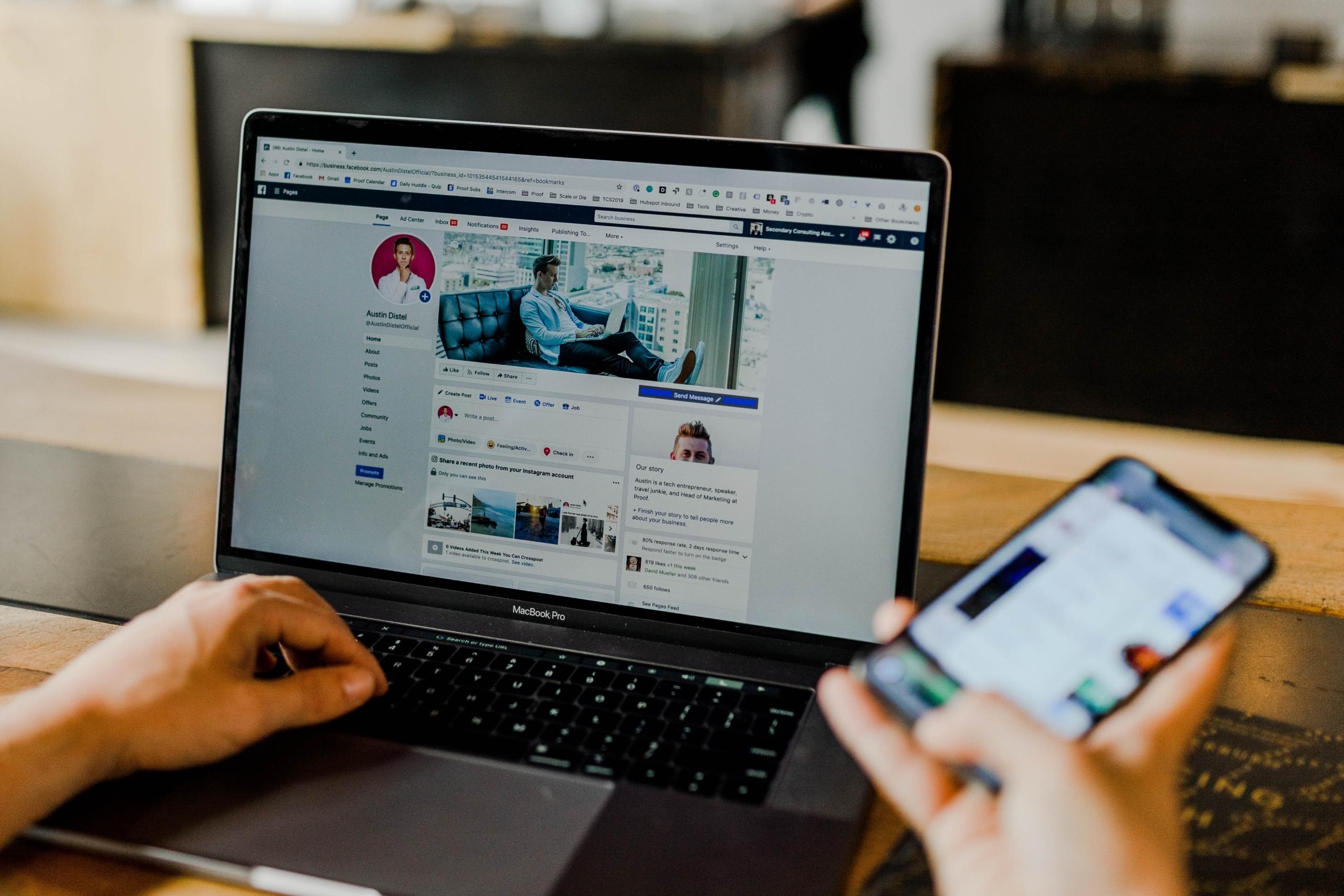When Facebook allowed advertising on their platform, it was a bit of the wild west for marketers.
Everyone came flocking over!
And…the only restrictions were – the size of the text on your ad and making sure the ads were appropriate.
But now it seems every month there are new policies and new restrictions on how we can market. I don’t know about you…but we sure feel like pulling our hair out often!
Sure Facebook is pitching it as a way to create a better experience, but it is making a big headache for marketers. But have no fear… we are here to help you make sense of some of these changes!
What are the changes Facebook has made?
As Meta rolls out new policy changes, Facebook marketing experts need to be even more strategic than before in the keywords that they use in their copy and personas used to target their audience. One of Meta’s most recent policy changes is as follows:
“As part of these ongoing efforts, starting January 19, 2022, we will be removing some Detailed Targeting options because they relate to topics people may perceive as sensitive, such as targeting options referencing causes, organizations, or public figures that relate to health, race or ethnicity, political affiliation, religion, or sexual orientation. Examples include:
- Health causes (e.g., “Lung cancer awareness”, “World Diabetes Day”, “Chemotherapy”)
- Sexual orientation (e.g., “same-sex marriage” and “LGBT culture”)
- Religious practices and groups (e.g., “Catholic Church” and “Jewish holidays”)
- Political beliefs, social issues, causes, organizations, and figures”
What does this mean for religious non-profits or cause-based organizations?
Many religious non-profit organizations rely heavily on Facebook for name acquisition. Meta has now made it nearly impossible to find anyone with a religious affiliation on their platform. Cause-based NPOs can no longer easily identify those who are passionate about their cause.
What solutions are available for your Facebook marketing strategy?
Return to the funnel.
It seems retargeting is still a viable option. So…
- retargeting with a Facebook/Instagram ad, after someone clicked your Google ad is the best way to find the right person at the right time.
- show a video ad, then retarget video viewers with a second ad that has a call to action.
- serve an ad to anyone that has visited your website or even a specific page of your website.
Create lookalike audiences
Build audiences that have the same likes/behavior as your email file or your followers.
Leverage other platforms:
LinkedIn is huge for B2B. Pinterest has also seen a nice leap with B2C.
Now is more important than ever to have a solid content and SEO strategy.
Though Facebook is trying to create a better experience for everyone, by limiting targeting options, they could be making it worse. These changes show just how imperative it is to branch out to other ways to capture names and conversions. We might see a rise in affiliate marketing, influencer marketing, and leveraging high-traffic sites to promote brands.
Facebook isn’t going away. It’s here for the long haul. The experience definitely isn’t the same, and I’m not sure we’ll ever see it return to its purest form (whatever that was).
And as always, we would love to come alongside your organization to help you with your marketing needs! Contact us today!


